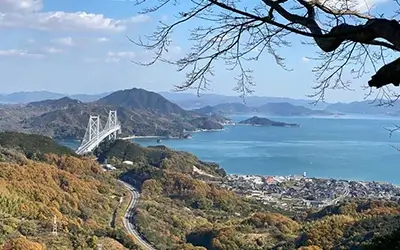
Hiroshima
Hiroshima is especially known for the fact an atomic bomb fell on the city in August 1945. Tourists who come to the city will have the chance to learn more about the city’s sad history and its rebuilding. But this is by far not all there is to do in Hiroshima prefecture. Here is a travel guide for the area to help you plan your trip!
Miyajima is one of the most beautiful sights in Japan, and a picture of the ‘floating torii gate’ will look very good in your holiday photo album. Animal lovers will be very happy in Okunoshima, better known as the ‘rabbit island’. Cyclists will want to experience the Shimanami Kaido road.
-
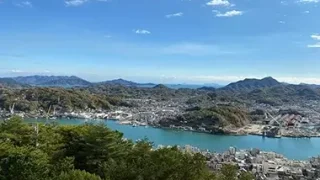
Onomichi
With its sloping alleys, seaside breeze, and wandering cats, Onomichi is one of Japan’s most atmospheric small towns. Located in eastern Hiroshima Prefecture, it’s known for its retro charm, hillside temples, and as the starting point of the Shimanami Kaido cycling route. Writers, artists, and filmmakers have long loved Onomichi for its peaceful yet mysterious…
-
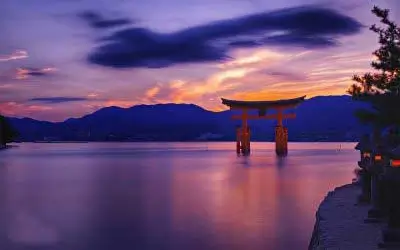
Itsukushima Shrine Travel Guide
A floating shrine, sacred deer, and a whole island considered divine—welcome to Itsukushima, better known as Miyajima. Located in Hiroshima Bay, this small island has long been one of Japan’s most iconic destinations. Itsukushima Shrine, with its vermilion torii gate standing in the sea, has inspired poets, pilgrims, and photographers for centuries.While the view at…
-
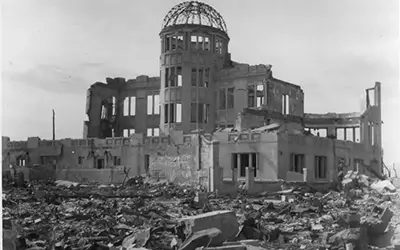
Atomic Bomb Dome
A skeletal dome standing silently by the river—it’s one of the most haunting and powerful images in all of Japan. The Atomic Bomb Dome, or Genbaku Dome, is the preserved ruin of a building that stood just 160 meters from the epicenter of the world’s first nuclear attack. On August 6, 1945, Hiroshima was devastated…
-

Hiroshima Peace Memorial Park
Hiroshima Peace Memorial Park isn’t just a place to visit—it’s a place to reflect. Built on the site most devastated by the atomic bombing in 1945, this park now stands as a symbol of hope, remembrance, and peace. Stretching across the heart of Hiroshima, the park is home to iconic landmarks like the Atomic Bomb…
-
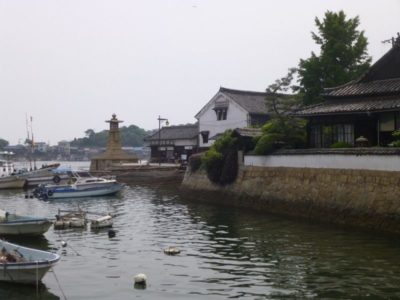
Tomonoura | Experience Good Old Japan
Tomonoura is a nostalgic small fishing town in Hiroshima Prefecture that preserved its old area very well. It was also the inspiration for a Ghibli movie. Discover Tomonoura!
-

Okunoshima is Filled with the Cutest Rabbits in the world
Okunoshima is better known as ‘rabbit island’ for its many cute furry inhabitants. Learn more about this animal-lovers paradise near Hiroshima!
-
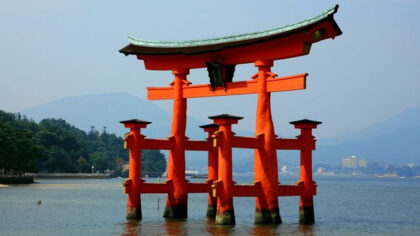
Miyajima | Severe yet Beautiful Wilderness
Near Hiroshima, you can find the famous floating torii gate in Miyajima. Just this vision makes it worth a trip, but what else is there to do in Miyajima?
-
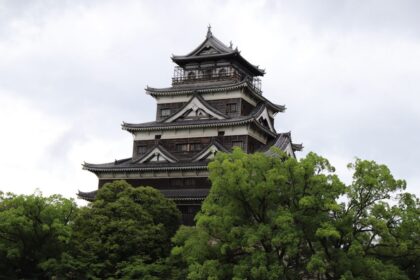
Hiroshima Castle | Tells the History of an A-bombed Town
While Hiroshima Castle isn’t the original castle, it is still worth a visit because of the interesting museum and beautiful reconstructed building. See what to expect of a visit!
-
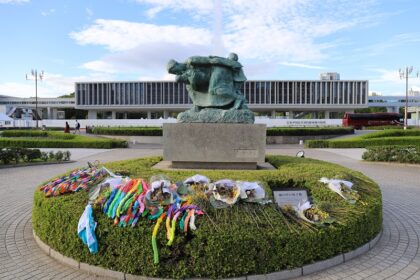
Hiroshima Peace Memorial Museum | Symbol of world peace and unity
The Hiroshima Peace Memorial Museum lets its visitors learn about the devastation that followed after the atomic bomb fell on Hiroshima. But the museum also wants to bring forth a message of peace.